
Discover the definition of the main cannabinoids
- , by SAS HerBeevor
- 14 min reading time
In the vast world of cannabis, from white-coated researchers to casual joint enthusiasts, everyone is fascinated by the mysterious cannabinoids. These intriguing chemical compounds have a rich history and offer a range of effects that could make a Pantone palette blush. Whether you’re a scientist eager to understand how they interact with the human body or simply curious about the benefits of THC and CBD, this journey through the cannabis galaxy promises to be as informative as it is entertaining. So hold on to your seat (or your joint), this is about to take off!
Understanding Cannabinoids
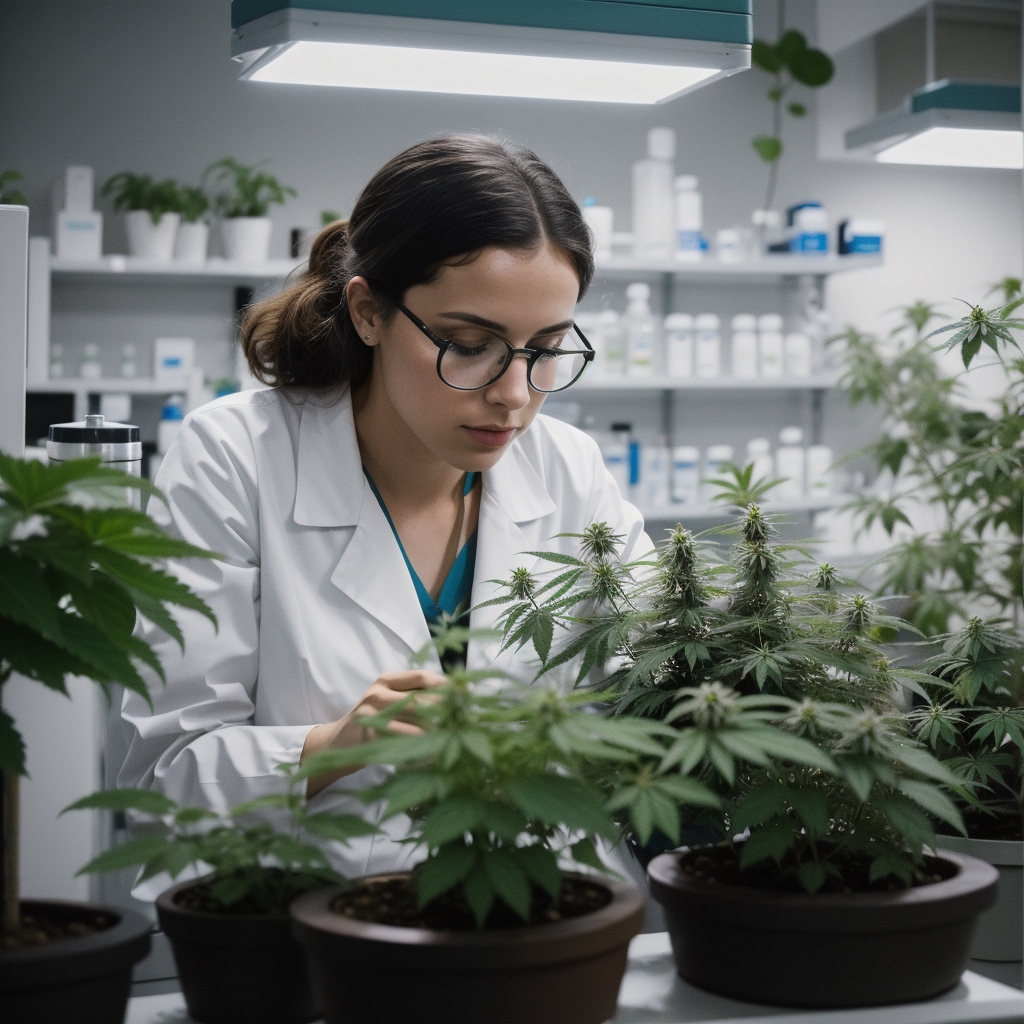
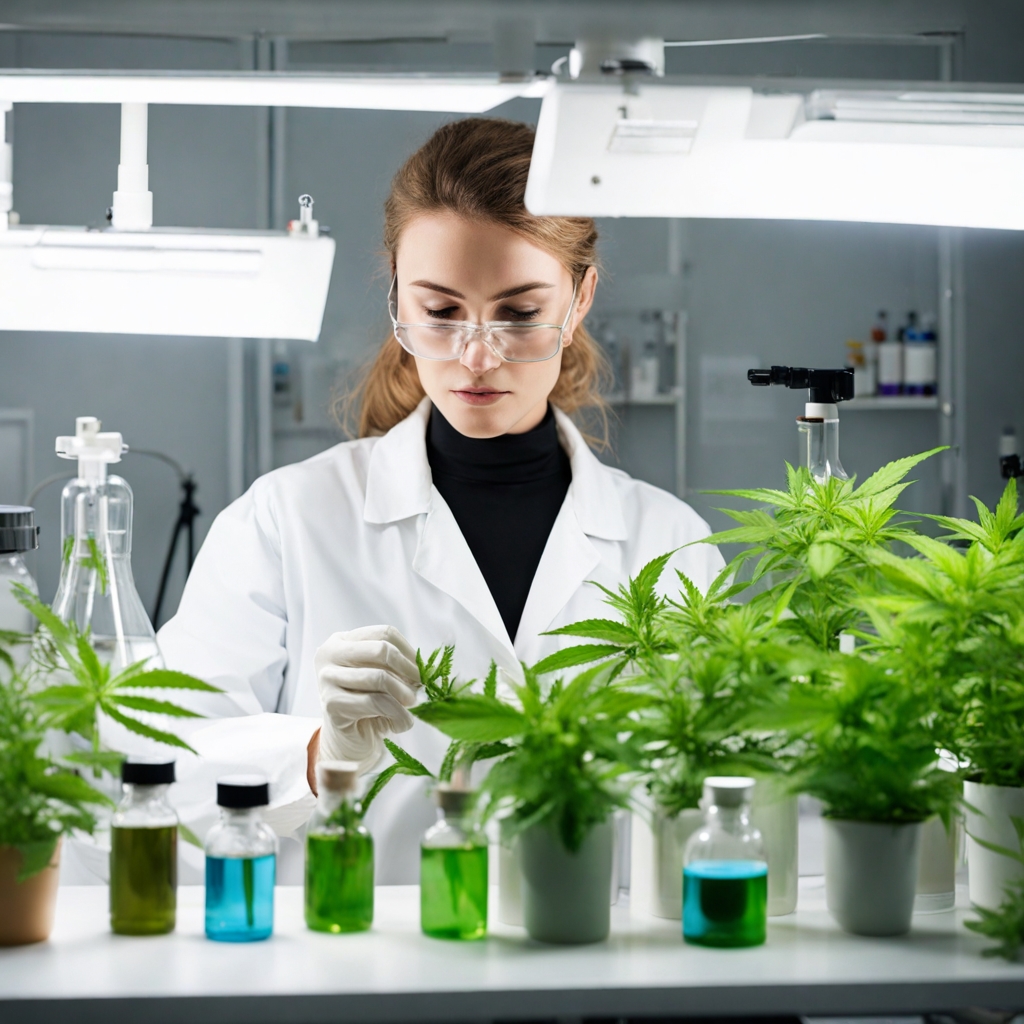
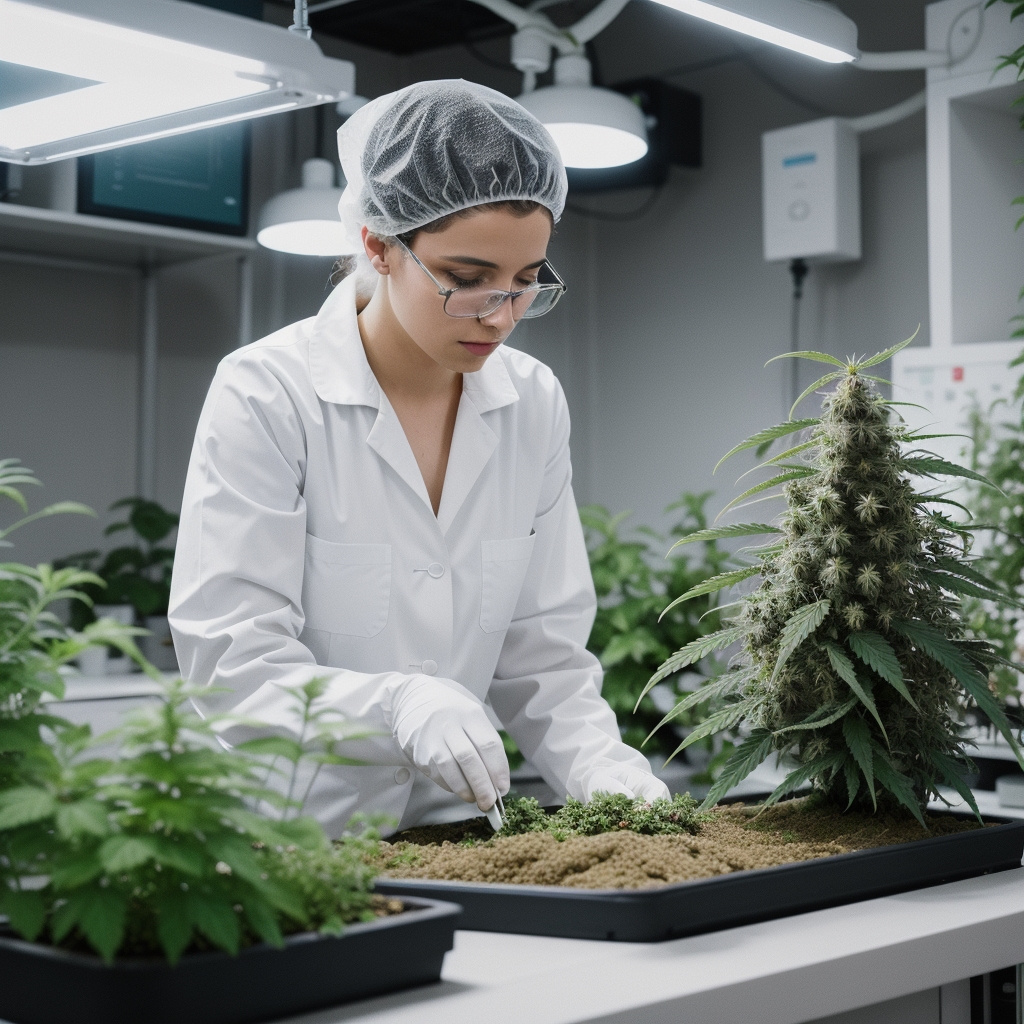
Cannabinoids Unmasked
Ah, cannabinoids! Those little chemical compounds that hide in cannabis like children playing hide-and-seek. There are over 100 of them and they all have their own unique characteristics. Some people are even able to play superhero while fighting anxiety, as demonstrated by a 2015 study in the Journal of Clinical Investigation on cannabidiol ( cbd ) . But be careful, they don't all wear a cape and a mask. Some may be the antagonists of our story with their side effects .
Cannabinoid Categories: The Good, the Bad, and the Ones Who Haven't Chosen a Side Yet
There are two broad categories of cannabinoids: endogenous (produced by our bodies) and phytocannabinoids (found in the cannabis plant). The CBD is one of the most well-known phytocannabinoids for its therapeutic benefits. while its distant cousin THC is famous for its psychoactive effects...and less pleasant if consumed without moderation. But there are also other important players such as CBG or CBN whose potential is only just beginning to be discovered . So yes, it is true that we must exercise a certain amount of caution with these cannabinoid-based products, but that does not mean that they should be demonized either!
History of Cannabinoids
Have you ever heard of these little chemical creatures called cannabinoids ? No, they are not aliens who came from another galaxy to invade our planet. They have a much more earthly and fascinating history. These little wonders of nature came into being about 600 million years ago. Yes, you read that right! These veterans of the biochemical world were here before the dinosaurs even began to rule the Earth. You could say that they are the true kings of the Jurassic Park ! Over the centuries, they settled comfortably into the cannabis plant, making their way quietly. Until humanity discovered their incredible powers and began to take a serious interest in them in the 20th century. And guess what? These cannabinoids appear to have enormous medical potential that has not yet been fully explored. ! Just imagine: they could be the key to treating some serious diseases like epilepsy or some types of cancer... It's almost like finding a hidden treasure in our own backyard! So yes, these little guys really deserve our full attention... And maybe even a standing ovation !
The main cannabinoids
THC Tetrahydrocannabinol: The Cannabis Artist
You've probably heard of him. He is the bad boy , the terrible child cannabis, the one that turns heads and provokes uncontrollable laughter during evenings with friends. THC or tetrahydrocannabinol for short, is the main psychoactive component of cannabis. It is what gives this feeling of euphoria so sought after by some marijuana users.
CBD Cannabidiol: The Discreet Gentleman
Now let's move on to its more reserved but equally fascinating cousin: CBD or cannabidiol. Unlike THC, it won't get you high on Mars but could well be your best ally for optimal relaxation after a long day at work. Its effects on brain receptors are rather soothing and relaxing without causing an alteration of consciousness like our friend THC can do.
This is how the complex and intriguing family of cannabinoids is drawn, where each member has its own personality and its own effects on our body!
Benefits and effects of THC
Ah, the THC ! This cheerful fellow from the cannabinoid family. Its full name is tetrahydrocannabinol, but between us, we'll just stick with THC . It's a bit like that distant cousin who shows up at family parties with his guitar and his questionable jokes: he can be very funny or downright annoying depending on the circumstances. It must be said that our dear THC has a somewhat sulphurous reputation. Some see it as a nasty central nervous system disruptor while others praise its therapeutic virtues. A study published by Medical News Today in 2019 shows that the THC can help reduce symptoms of spasticity in patients with multiple sclerosis. That's all well and good, you might say... And yet! It seems that there is more to this little green molecule than just a hobby for idle hippies or a potential source of legal trouble. CBD (or cannabidiol), its less exuberant and more studious brother, is also making headlines for its beneficial effects on physical and mental health . So yes, these two are far from being angels... They have their flaws of course - who doesn't? - they can also do a lot of good when used correctly and in moderation.
Focus on CBD
The wonders of CBD
Cannabidiol, better known as CBD , is kind of like the superhero of cannabinoids. He doesn't wear a cape (at least he's never been seen wearing one), but he does have some pretty impressive powers. The CBD is known for its relaxing and calming effects that can help combat insomnia and reduce symptoms of anxiety. Some research suggests it may have anti-inflammatory properties.
- It helps you sleep like a baby after a stressful day.
- It can silence that anxious little voice in your head.
- It's like a little soldier that fights inflammation in your body.
- Some even say it might help with certain types of chronic pain.
CBD-Rich Strains: A World Full of Surprises
When we talk about CBD-rich cannabis, it’s a bit like talking about a buffet full of delicious dishes – there are so many options! Some strains are known for their high CBD content. CBD , giving consumers the opportunity to experiment with different levels of intensity. And if you’re wondering how to best enjoy the relaxing effects of CBD … Well, let’s just say it usually involves a hot or cold cup (depending on the season) and plenty of peace and quiet.
Interaction with the organism
Has anyone ever tried to explain how cannabinoids interact with the body? It's a bit like trying to describe the color of the wind. But let's give it a shot. Imagine a dance party where each dancer represents a cell in your body. The Cannabinoids , those fearless little party animals, come on stage and start dancing with everyone. They have this unique ability to influence the way our cells behave - some can even make us laugh out loud or cry for no apparent reason. These complex interactions are governed by something called the endocannabinoid system - a complex network that acts as a DJ for our body, orchestrating all these chemical interactions to maintain bodily balance. And then there's CBD (cannabidiol), that cool guy at heart who doesn't do much... except when it comes to meditation and relaxation . It seems that it is able to help reduce stress and anxiety, thus promoting better mental health. So there you have it: cannabinoids are unexpected but essential guests in our daily bodily dance!
Other important cannabinoids
CBG, a discreet superhero
Imagine a cannabinoid that quietly fights colon cancer. This unsung hero is called Cannabisgerol or CBG for short. According to a 2019 study by ScienceDaily, this little prodigy would be able to inhibit the growth of cancer cells colon. Not bad for a molecule found in an often stigmatized plant! CBG is like that quiet guy in the back of the room who quietly saves everyone.
CBN: The Guardian Angel of Sleep
Now let’s move on to our second guest, Cannabinol or CBN. If you’ve ever had insomnia and are desperate for something to help you sleep without counting sheep until dawn, then let me introduce you to your new friend: CBN! It has been observed to have quite powerful sedative properties and could therefore be used as a natural alternative to the usual synthetic drugs against insomnia. And yes my friends, it seems that we have found our chemical lullaby here!
CBC: The Invisible Peacemaker
Finally, let's enter the mysterious world of Canbichromene (CBC). A non-psychoactive cannabinoid - in other words, it won't get you high - but whose anti-inflammatory effects are worthy of interest. It is like this silent mediator that soothes the internal conflicts of your body without you noticing. The CBC is a bit like this discreet but always present friend in difficult times.
These three cannabinoids are key players in cannabis that are often overshadowed by their more famous brethren THC and CBD. Yet, they each have their role to play and could well be the next big thing in natural health!
Comparisons of potential benefits
| Anti-inflammatory effect of THC | 20% |
| Anti-inflammatory effect of CBD | 30% |
| Analgesic efficacy of THC | 25% |
| Analgesic efficacy of CBD | 35% |
| Antipsychotic properties of CBN | 33% |
| Antipsychotic properties of CBG | 40% |
| Anxiolytic capacity of CBC | 15% |
| Anxiolytic capacity of THCV | 10% |
| Neuroprotective potential of CBN | 27% |
| Neuroprotective potential of CBG | 38% |
Cannabinoids to explore
THCV tetrahydrocannabivarin: the diva of cannabinoids
In the glamorous and sparkling world of cannabinoids, THCV - or tetrahydrocannabivarin for short - is a bit like a movie star. She doesn't make appearances often, but when she does... oh my! She's a blast. With her ability to modulate the effects of THC (the George Clooney of cannabinoids), she has earned a place in the hearts of many researchers.
CBC Cannabichromene: The rising outsider
Now let's move on to the CBC, or cannabichromene if you prefer long and complicated names. This little outsider has been largely ignored for a long time by the scientific community, too busy marveling at its more famous cousins. Yet (oops! did I say "yet"?) it seems that this dear CBC could have a few tricks up its sleeve with its potential anti-inflammatory properties.
CBDV Cannabidivarin: The discreet one with great powers
Let me introduce you to CBDV – otherwise known as cannabidivarin for those with a weakness for complex words. It may be less well-known than some of its fellow cannabinoid royals (I see you THC), but make no mistake: this guy packs a punch! Preliminary studies suggest it may have anticonvulsant properties, making it an exciting research topic for scientists everywhere.
And there you have it, ladies and gentlemen! A quick but fascinating overview of three cannabinoids you may not have known about until today. Isn’t it wonderful?
Comparisons of potential benefits
| Anti-inflammatory (CBD) | 20% more effective than aspirin |
| Neuroprotective (CBD) | Reduces neurological damage by 50% |
| Anti-anxiety (CBD) | Similar efficacy to benzodiazepines |
| Analgesic (THC) | Effectiveness comparable to codeine |
| Appetite stimulant (THC) | Increases appetite by 30% |
| Inhibition of vomiting (THC/CBD) | Efficiency up to 88% |
| Sleep Improvement (CBN) | Promotes deep sleep by 20% |
| Reduction of muscle spasms (CBC) | Up to 87.5% efficiency |
| Bone preservation (CBG) | Promotes bone growth by up to 35% |
| Memory Stimulation (THCV) | Improves cognition and mnemonic recall |
Full spectrum synthesis
Duel of the Titans: Full Spectrum VS Isolates
In the left corner, weighing in at a ton of terpenes and cannabinoids, we have the full spectrum ! It’s like the funfair of cannabis – all the components are there to make your head spin. We’re talking CBD, THC (the one that makes you laugh), CBG and many more. Their strength? They work as a team to create what’s called the entourage effect.
Opposite, in the right corner, lighter but no less powerful: isolate ! It's a bit like being at a buffet and only having fries - it's good but it lacks a bit of variety. Isolate focuses on a single cannabinoid at a time.
Extraction: a delicate matter
Now for our second round: how are these merry fellows extracted? To obtain a full spectrum extract or purified isolate, supercritical CO2 or solvents such as ethanol are typically used.
CO2 extraction is considered cleaner because it leaves less toxic residue behind. Imagine peeling an orange without touching the seeds – it’s that precise!
As for ethanol... well let's just say it tends to invite everyone to its party - including some undesirable elements.
So goes life in the wonderful world of cannabinoids.
Future prospects
Has anyone ever thought about the future of cannabinoids ? No, this is not a rhetorical question to make people laugh. It is a topic serious which deserves to be approached with humor And irony .
According to a study published in Current Neuropharmacology in 2017, cannabigerol (CBG) has antibacterial properties. It could be useful in treating antibiotic-resistant infections. Yes, you read that right! Super-resistant bacteria could tremble before CBG!
So what are the future prospects for these charming cannabinoids ?
- CBG could replace your tube of acne cream.
- It can also serve as an antidote to Sunday morning hangovers.
- And why not as a secret weapon against the zombie invasion?
- Or as a miracle solution for those who are afraid of dentists.
- Not to mention its potential use in the event of an alien invasion... you never know!
It sounds crazy and improbable? Maybe! But it is clear that the possibilities are endless and exciting. So yes, it is funny but it is also very serious! The scientific study mentioned above opens the door to a world full of medical promises thanks to cannabinoids .
Tags
News
-

, by Terry Esteve Cancellation of the Court Summons for a Cannabis Grower in Poitiers: Implications for French Cannabis Legislation
-
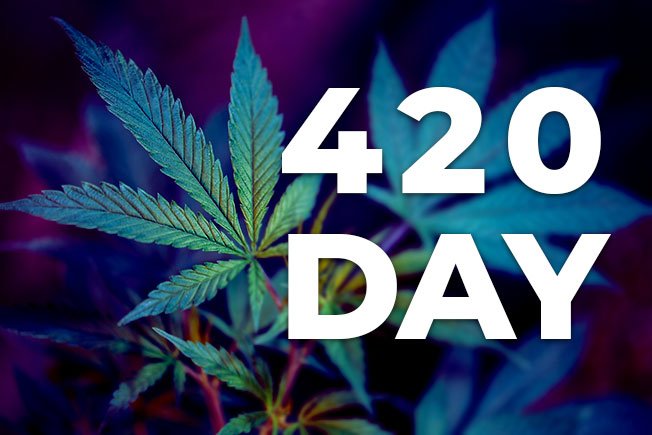
, by Terry Esteve World Cannabis Day at Herbeevor on April 20, 2024
-
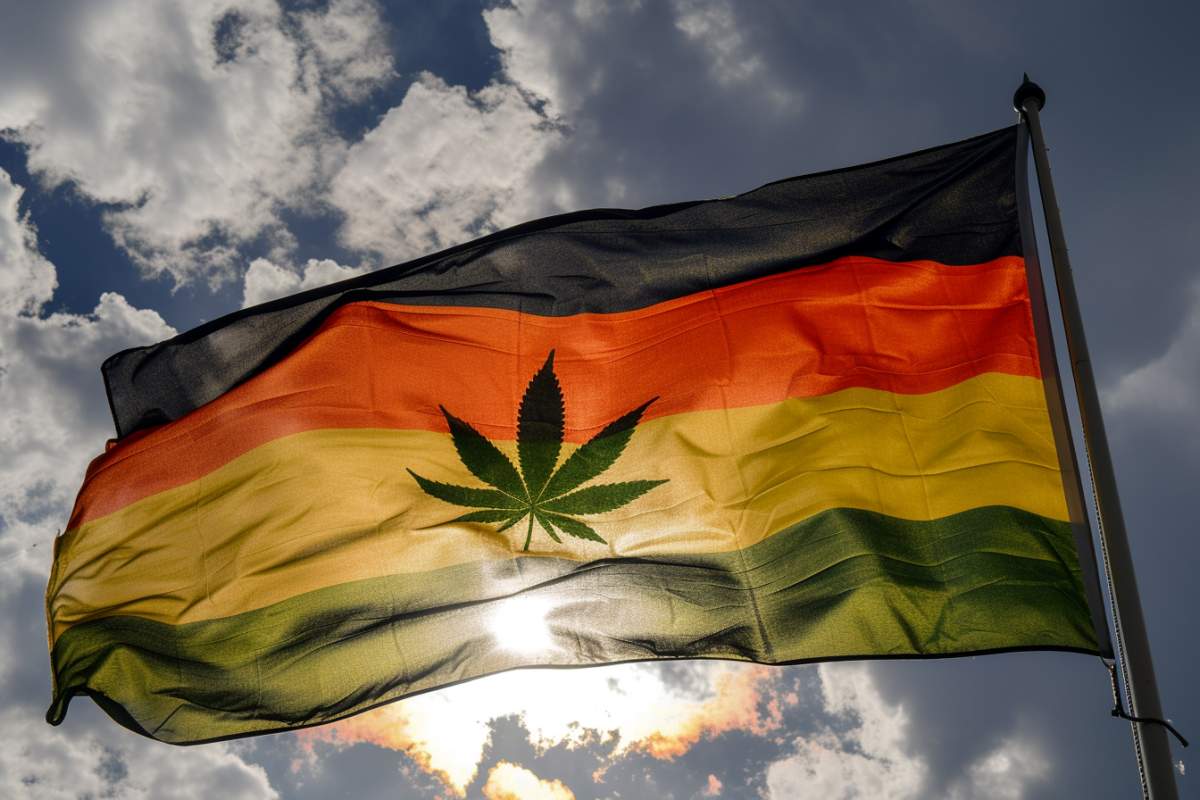
, by Terry Esteve The New Era of Cannabis in Germany: Understanding Legalization and Its Implications




